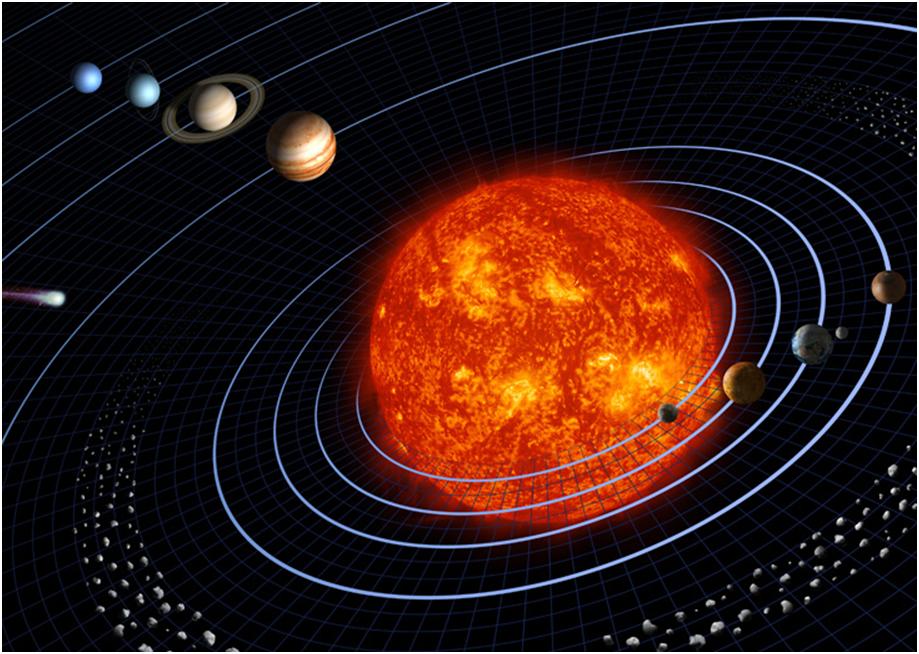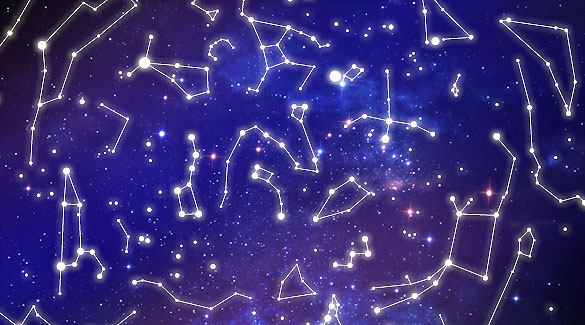Stamp: Swan Constellation (Germany, Federal Republic 1999)
Swan Constellation (Germany, Federal Republic 1999)
14 October (Germany, Federal Republic ) within release Welfare: The Cosmos goes into circulation Stamp Swan Constellation face value 100+50 German pfennig
| Stamp Swan Constellation in catalogues | |
|---|---|
| Michel: | Mi: DE 2078I |
Stamp is horizontal format.
Plate flaw: blue spot in the middle of the swan's bodyAlso in the issue Welfare: The Cosmos:
- Postal Stationery - The Cosmos face value 110+50;
- Stamp - X-Ray Image of Exploding Star face value 110+50;
- Mini Sheet - X-Ray Image of Exploding Star face value 10*(110+50);
- Mini Sheet - Swan Constellation face value 10*(100+50);
- Mini Sheet - Gamma Ray Image of Sky face value 10*(300+100);
- Mini Sheet - Andromeda Galaxy face value 10*(100+50);
- Mini Sheet - Comet Colliding with Jupiter face value 10*(110+50);
- Stamp - Swan Constellation face value 100+50;
Stamp Swan Constellation it reflects the thematic directions:
Birds (Aves), a subgroup of Reptiles, are the last living examples of Dinosaurs. They are a group of endothermic vertebrates, characterised by feathers, toothless beaked jaws, the laying of hard-shelled eggs, a high metabolic rate, a four-chambered heart, and a strong yet lightweight skeleton. Birds live worldwide and range in size from the 5 cm (2 in) bee hummingbird to the 2.75 m (9 ft) ostrich. They rank as the class of tetrapods with the most living species, at approximately ten thousand, with more than half of these being passerines, sometimes known as perching birds. Birds are the closest living relatives of crocodilians.
Celestial bodies or heavenly bodies are objects in space such as the sun, moon, planets, and stars. They form a part of the vast universe we live in and are usually very far from us.
A constellation is an area on the celestial sphere in which a group of visible stars forms a perceived pattern or outline, typically representing an animal, mythological subject, or inanimate object
Outer space (or simply space) is the expanse that exists beyond Earth's atmosphere and between celestial bodies. It contains ultra-low levels of particle densities, constituting a near-perfect vacuum of predominantly hydrogen and helium plasma, permeated by electromagnetic radiation, cosmic rays, neutrinos, magnetic fields and dust. The baseline temperature of outer space, as set by the background radiation from the Big Bang, is 2.7 kelvins (−270 °C; −455 °F)
A star is a luminous spheroid of plasma held together by self-gravity. The nearest star to Earth is the Sun. Many other stars are visible to the naked eye at night; their immense distances from Earth make them appear as fixed points of light. The most prominent stars have been categorised into constellations and asterisms, and many of the brightest stars have proper names. Astronomers have assembled star catalogues that identify the known stars and provide standardized stellar designations. The observable universe contains an estimated 1022 to 1024 stars. Only about 4,000 of these stars are visible to the naked eye—all within the Milky Way galaxy.





